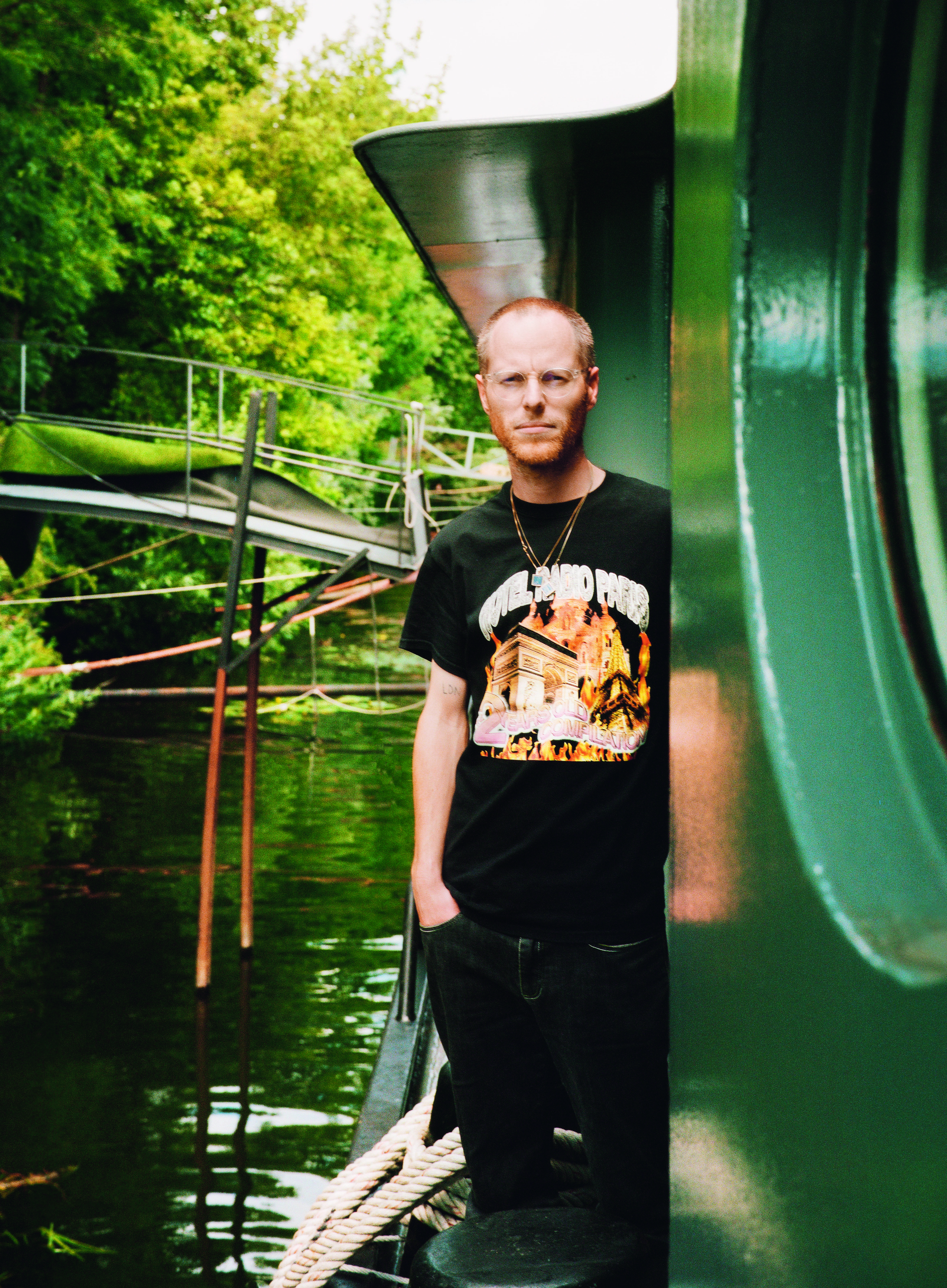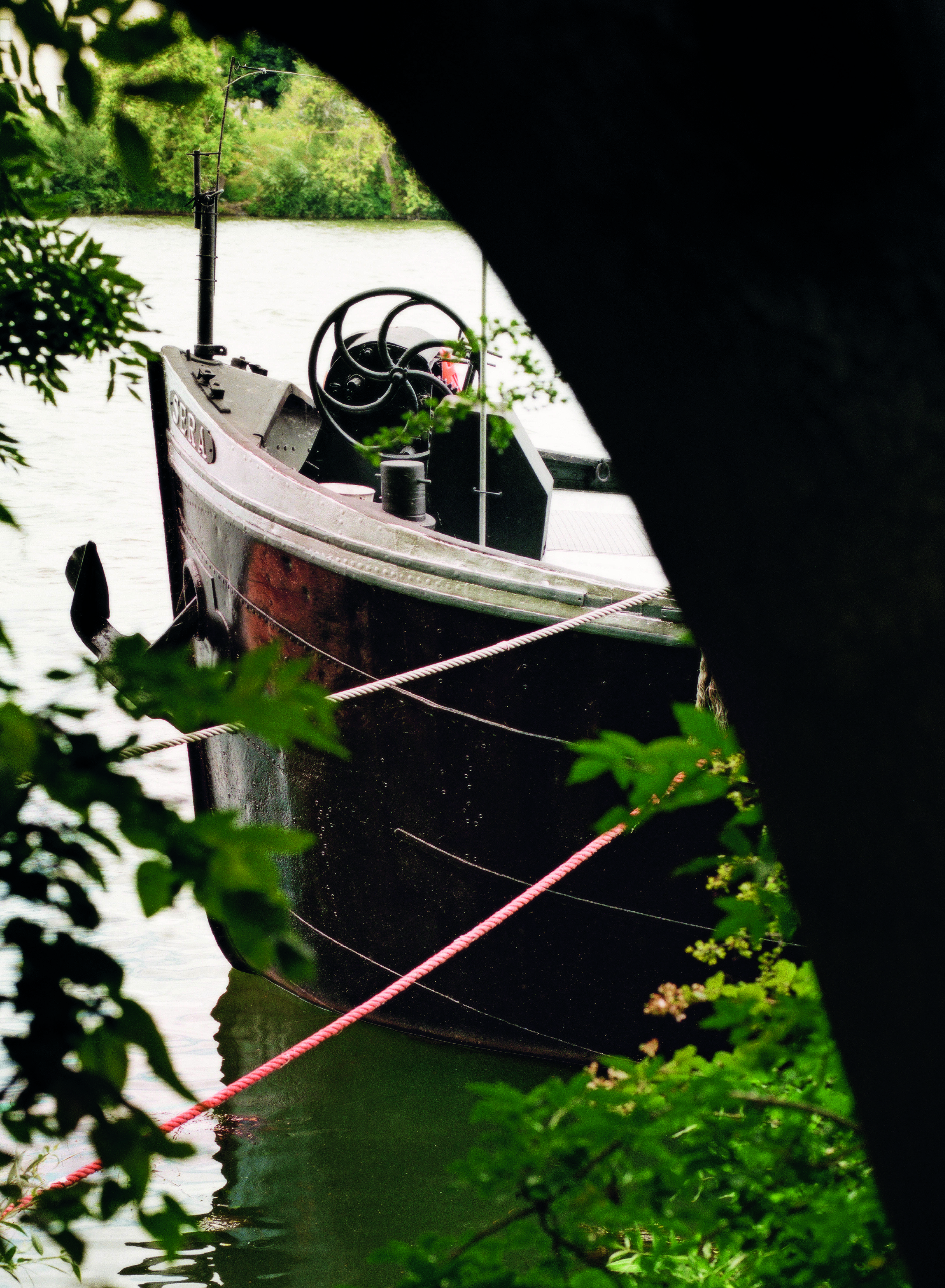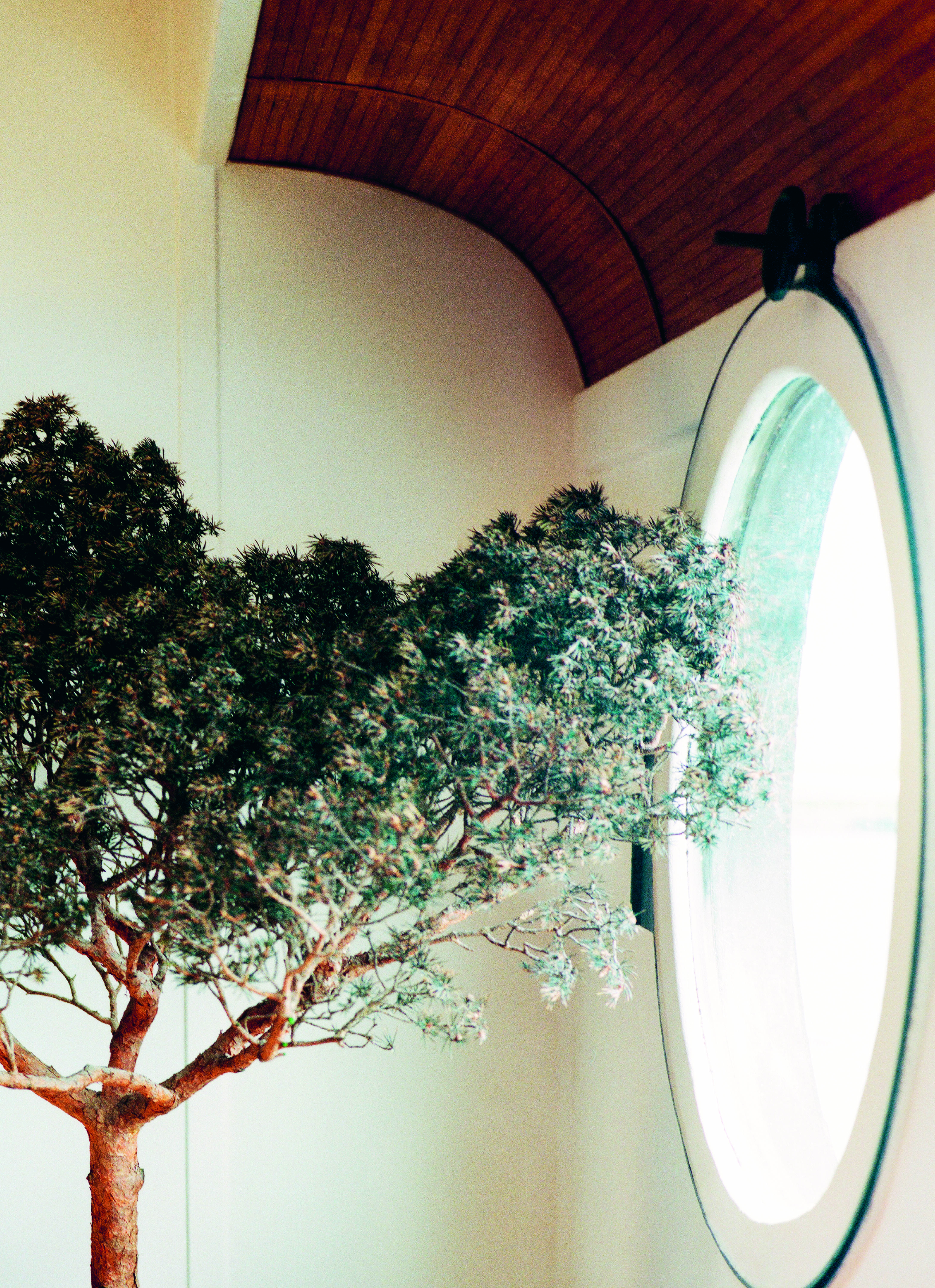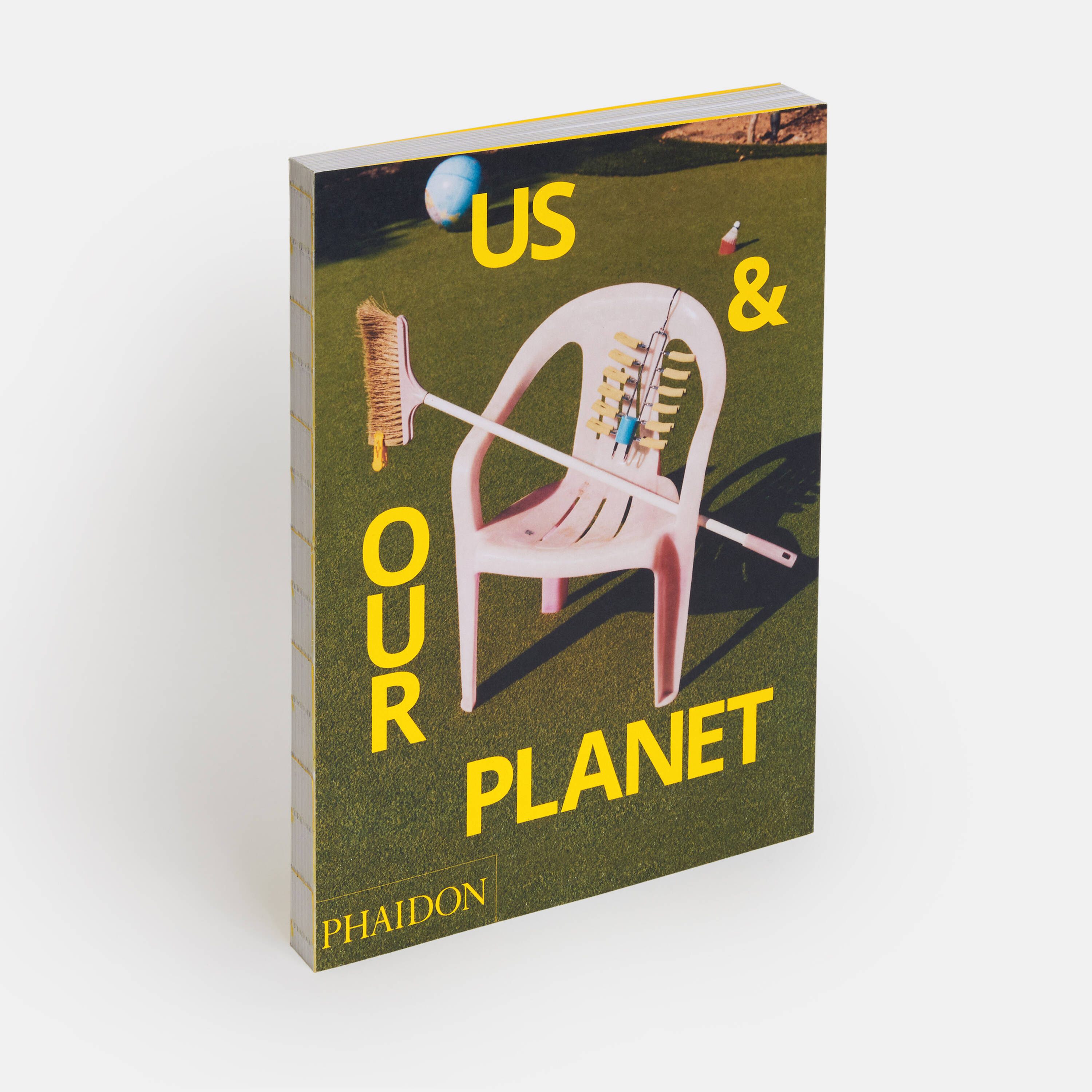
What one French Radio DJ taught IKEA about Us & Our Planet
A visit to a canal barge near Paris shows how we can all find ways to get some playfulness into our lives
How did IKEA come to meet our everyday needs? By dropping in on everyday people, that's how. “Ever since the 1950s, IKEA has conducted home visits all over the world to find out more about the way people live,” explains author Maisie Skidmore in our new book Us & Our Planet. The furniture and homeware company conducts these domestic research trips for many different reasons, though in recent years IKEA has been focussing more closely on one specific aim - environmental sustainability.
Inspired by this approach, Skidmore and the team behind Us & Our Planet undertook a dozen similar visits, to meet 12 individuals and families around the world, and in the process, find out about their own journey towards a more sustainable way of life.
And we aren’t just talking about recycling bins and grey-water waste watering cans here; more intangible values, such as playfulness are also valuable. As Skidmore puts it, “From play, ideas emerge; ideas turn into experiments; and with enough room for mistakes, experiments soon turn into innovations. Without which, of course, all hope of ever working towards a more sustainable future would be instantly quashed.”
One home visit led Skidmore to a beautiful, expansive barge, moored on a riverbank in Bezon, to the north-west of Paris. The vessel belongs to Jean-Charles Leuvrey, a skateboarder, trader and radio impresario.

Jean Charles Leuvrey's barge in Bezons, near Paris. Photography by Julien T Hamon
“Jean-Charles founded the radio station Hotel Radio Paris in 2016, and has been maintaining its independence and total freedom ever since,” she explains in our new book. “Hotel Radio Paris is a platform for anybody who passionately wants to try something out – be it live music, mixing or spoken word. In that respect, it’s a space dedicated to play; playing music, playing around, playing with different ideas and forms of expression.”
That playful urge extends to Leuvrey’s living quarters. He is a bit of a globetrotter, having grown up in Chad in central Africa, and lived in London, South Africa and Barcelona. His radio station is based in the French capital, but grew tired of Paris, and sought somewhere with easy access to the city, without much of the urban aggravation.
“I always had this need to do stuff outside,” he explains. “Last week I was in Chamonix and we spent two days at Mont Blanc, which was covered in snow. I go hiking and mountaineering as well. That’s also the reason why I started skating when I was really young, and I still skate. I also like fishing.”
This boat in Bezon enables the station boss to indulge in a little playful fishing. “His goal is to catch each fish once, and then let it go without hurting it,” Skidmore explains in the book.
“I’m team no kill," Leuvrey says. "Catch and release. I will never eat a fish that I caught. We have to save the fish! There are no more wild fish. If I eat one, it means that species might not be able to reproduce. So, I am very careful with what I fish.”
This caring, playful side of domestic life isn’t limited to the boughs of Leuvrey’ barge. IKEA has been channelling a similar sentiment for years. As this new book outlines, “the 1970s saw much of the Western world embrace a more liberal attitude. Children were being raised with a stronger focus on play and self-expression, and while once their indoor pursuits may have been confined to a single area, there was now a greater need to play-proof the home.

Jean Charles Leuvrey's barge in Bezons, near Paris. Photography by Julien T Hamon
“In 1979, following the irreparable damage of an expensive Italian sofa at the hands of his young children, Lars Engman, former head of design and product developer at IKEA, realized the need for a new type of couch: one that could endure the impact of everyday play, without forgoing its aesthetic appeal.”
The result was IKEA’s KLIPPAN sofa, launched in 1980, and still sold today. It was wooden-framed and compact, slim enough to fit through most household doorways (and perhaps even into Jean-Charles’ boat), with a machine-washable cover that fits into most washing machines. “Sales were slow at first, but customers soon cottoned on to KLIPPAN’s many benefits,” explains the book. “Not only was it ideal for family homes and small living spaces alike, its changeable covers meant that it could be endlessly updated according to changing interior design trends.”

Us & Our Planet
Playful, practical and pretty sustainable, the KLIPPAN, like the fish that Jean-Charles catches, should live on for years to come. For more insights into the way we live, and might live more sustainably, order a copy of Us & Our Planet here.